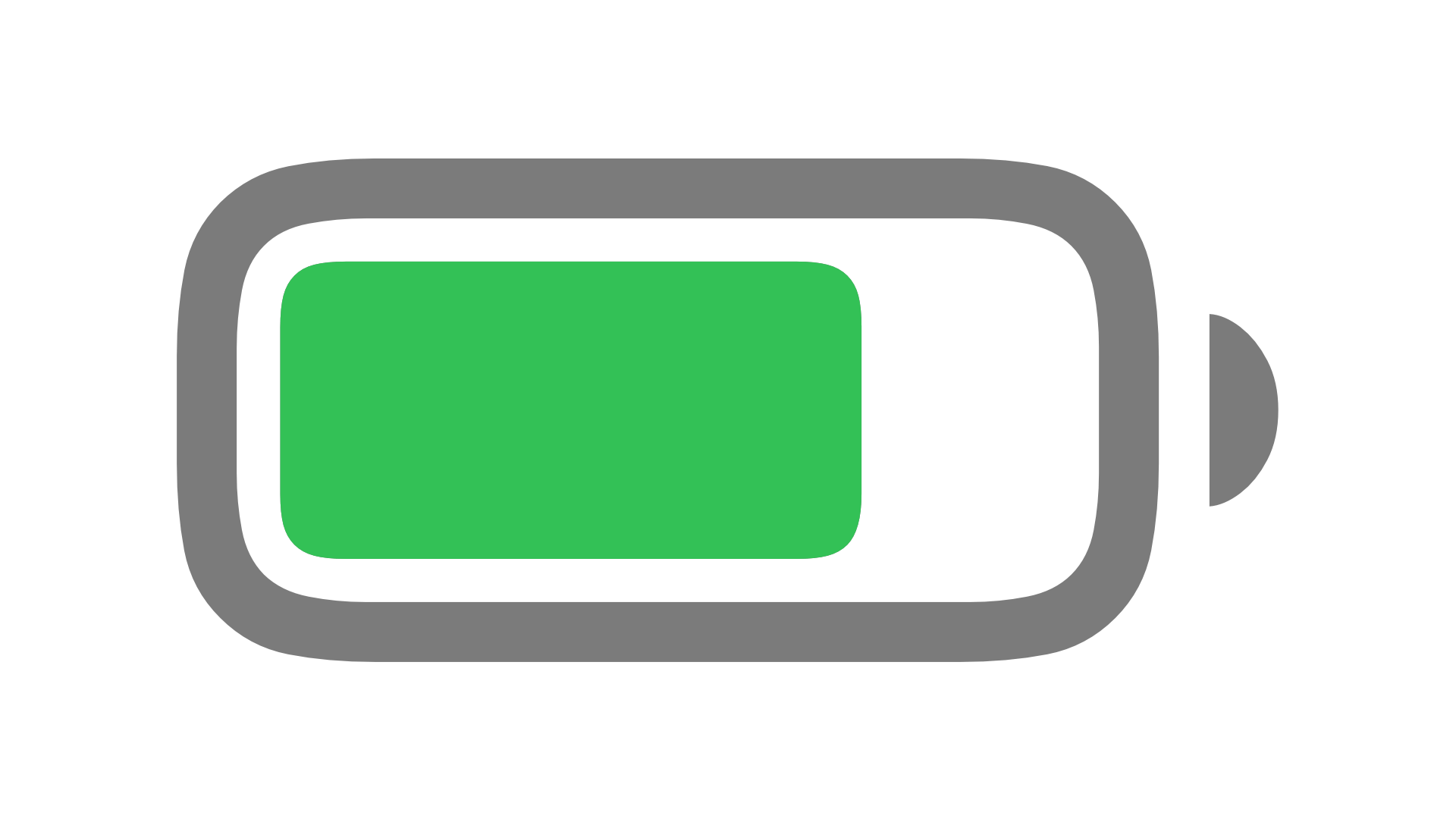How has your iPhone battery health been so far? Some iPhone 14 and iPhone 14 Pro owners are already seeing battery capacity down to around 90 percent or less.

Apple says iPhone batteries retain up to 80 percent of their original capacity at 500 complete charge cycles “when operating under normal conditions.” No matter how you look at it, it’s not normal for an iPhone less than a year old to report 90 percent or less of the maximum battery capacity.
AppleTrack’s Sam Kohl tweeted in July that his iPhone 14 Pro had dropped to a maximum capacity of 90 percent. That’s unusual because the iPhone 14 family has been on the market for less than a year. Other people have chimed in to report seeing a similar drop-off in battery capacity.
Are iPhone 14 batteries degrading faster than usual?
The Wall Street Journal’s Joanna Stern reported in her TechThings newsletter that her iPhone 14 Pro shows 88 percent battery capacity, with The Verge reporting mixed results with their own devices.
My personal iPhone 14 Pro Max is down to 94 percent battery capacity.
I’ve had my iPhone 14 Pro for LESS than a year…this is actually unacceptable 😡 pic.twitter.com/rKkvW6Z60v
— Sam Kohl (@iupdate) August 1, 2023
Apple’s 1-year warranty covers the battery. After it expires, you’ll need to pay for an out-of-warranty battery replacement from Apple or a third party. However, Apple increased the price of iPhone batteries from $60 on earlier devices to $99.
If you have an optional AppleCare+ extended coverage, you’ll get a free new battery if the old one falls below 80 percent of its original capacity.
@imsamkohl #greenscreen I paid $999 for this phone btw 😡 #apple #iphone #battery
Tips to keep your iPhone’s battery in good condition
It’s normal for the iPhone’s maximum battery capacity to decrease over time due to factors like chemical aging, temperature, charge cycles, etc. The maximum capacity for a brand-new iPhone should be 100 percent.
Apple’s support page notes that the maximum battery capacity may show as slightly less than 100 percent, depending upon the length of time between when the iPhone was made and when it was activated.
To maximize the lifespan of your iPhone’s battery, be sensible and mindful about how you’re using the device. Don’t leave your iPhone exposed to direct sunlight, especially in the summer, as heat accelerates battery degradation.
Try to use the wire instead of wireless charging, and don’t fast-charge your iPhone by connecting it to an 18W or higher USB-C charger.
How to check battery health of your iPhone
You can check the battery health of your iPhone and iPad in four ways, including by venturing into Settings > Battery > Battery Health.
You’ll see the battery’s current maximum capacity and other relevant information, including whether the battery needs to be serviced.
Replace your iPhone battery if the capacity falls under 80 percent. If Batterygate has taught us anything, iOS will start throttling the CPU if the battery is worn out and can no longer provide enough power to deliver peak performance.